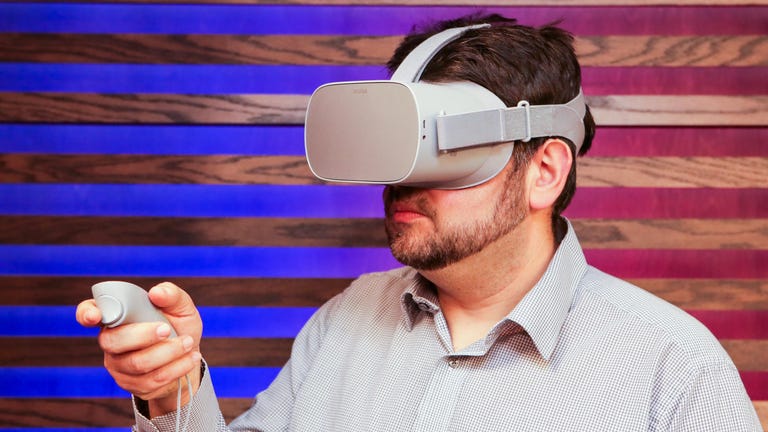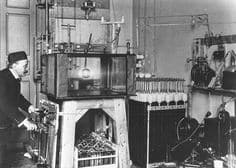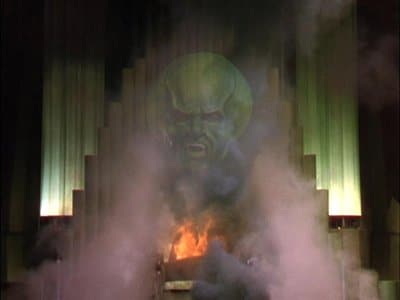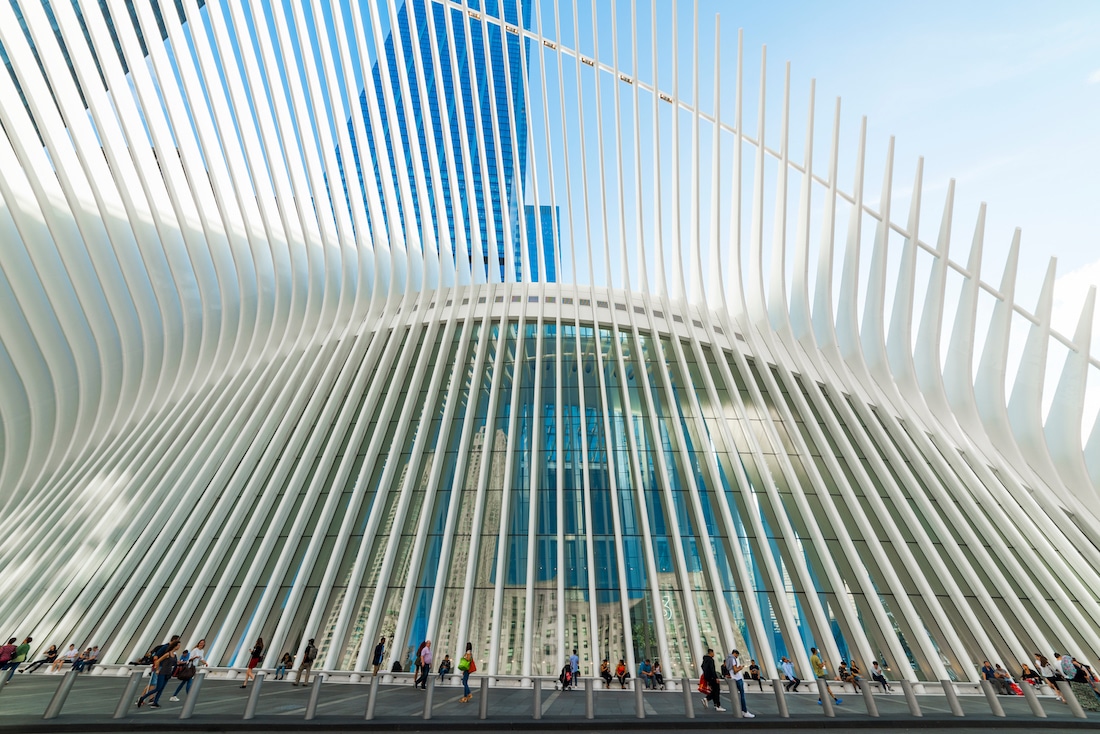Maybe it’s just “manners of speech,” quaint plays on words, “coincidence.”
But often, the names of new inventions, places, and products seem to have an unusual and sometimes transmundane underpinning.
Take a word we all know too well: television.
As we explained a couple years back, in a “special report,” there are those who think it rides on more than electromagnetic energy.
Indeed, one author, Stefan Andriopoulos, in a book called Ghostly Apparitions, points out that the name “television” itself indicates a technical device for seeing at a distance — which is known in psychic realms as “clairvoyance.”
The book puts television into a lineage of other “optical media” that go back at least as far as the Renaissance and experiments involving “technologically-induced illusions” effected with magic lanterns, concave mirrors, disorienting walls of smoke, and other phantasmagoric projections created by specialty devices to create illusions.
If nothing else, a magical box it is.
“What’s central to Andriopoulos’s argument,” notes a reviewer, “is that these devices incorporated earlier experimental instruments devised specifically for pursuing supernatural research—for visualizing the invisible and showing the subtle forces at work in everyday life. In his words, these were ‘devices developed in occult research’—including explicitly ‘televisionlike’ devices—that had been invented in the name of spiritualism toward the end of the 19th century and that, only a decade or two later, ‘played a constitutive role in the emergence of radio, and television.’”
Adds a writer named Geoff Manaugh: “While the television itself—the object you and I most likely know as the utterly mundane fixture of family distraction sitting centrally ensconced in a nearby living room—might not be a supernatural mechanism, it nonetheless descends from a strange and convoluted line of esoteric experimentation, including early attempts at controlling electromagnetic transmissions, directing radio waves, and even experiencing various forms of so-called ‘remote viewing [again, clairvoyance].'”
The idea of a medium (and “media” plural) takes on a double meaning here. (At Medjugorje, the Blessed Mother said, “Avoid television, particularly evil programs,” June 16, 1983.) We can funnel energy into our homes (including from all that rancor on cable networks).

Perhaps of note is that some deliverance experts cite the “spirit of oculus” as something to cast out. An urban dictionary tells us that an oculus is a person “with flesh and blood” who is “able to communicate with the other side (ghosts, demons, etcetera.).”
“Most Oculus’ are born, but they could also be made later in life, most often through trauma, but that is extremely rare,” says a website. “The child Oculus is most at risk of possession or an ‘accidental’ death, mainly caused by ‘shadowpeople.’ The teenage Oculus isn’t to have these problems with spirits, but they’re at high risk of suicide.”
Perhaps once more it’s mere happenstance — nothing to worry about…
Speaking of smoke and mirrors, back to television. One of the biggest shows of all time? The Wizard of Oz. And yet more coincidence. Few realize that under its endearing simplicity, the Oz story conceals deep, troublesome, esoteric roots. It was written by a man named Frank Baum, who was a member of the occult, masonic-like Theosophical Society — an organization based on psychic research and communication with spirits. The symbols and tenets of the Theosophical organization were subtly but potently purveyed in Oz.
Mirrors. Smoke. All is not always what it seems (when the curtain is parted).
Meanwhile, at ground zero, in New York, is the Oculus Center, a massive underground mall, transportation hub, and office complex right there at the new World Trade Center. Its intention, we are told, transcends function; its primary role is symbolic. Every September 11th at 10:28 AM—the time when the second tower collapsed— sunlight shines through the skylight and illuminates the central axis of the main hall (like a later day Stonehenge or new Georgia Monument?).
Says the architect, “The sunlight goes through the center and this ‘Way of Light’ aligns with the longitudinal axis of the Oculus, signifying the end of 9/11 tragedy and the beginning of the reconstruction. This particular alignment of the sunlight is possible because the building has been designed slightly tilted in relation to the surrounding Manhattan grid.”
The design gives it: a “sense of the cosmic,” the creator further explicates.
Okay!
(But might not a church have been better?)
In Manhattan is also the Oculus Condominium (15th Street). Pricey, like everything on the island of Manhattan (where average rent for a one-bedroom is now $4,200).
The developer and manager?
Alchemy Properties.
Just saying.
Just coincidence.
[Resources: “Special Reports“]
[New Special Report coming this week: “Unveiling the ‘Great Deception'”]






